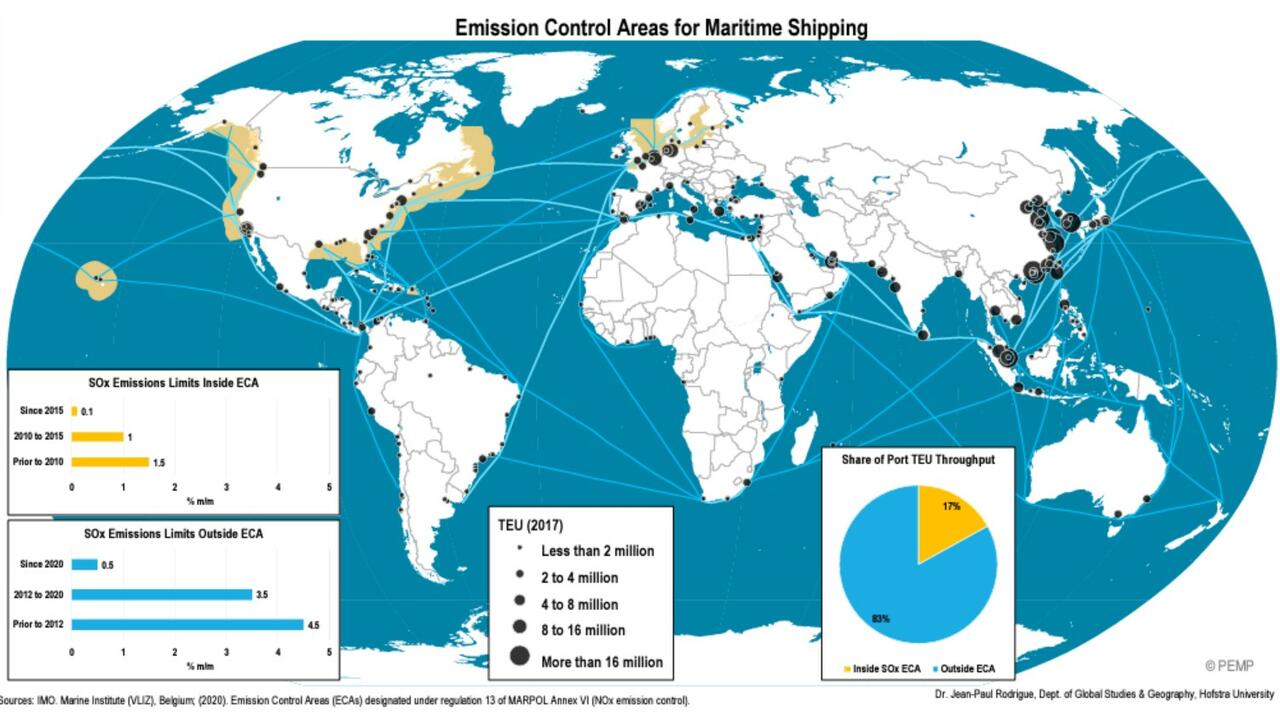Once seen a massive tanker… with wind sails? Maybe soon.
That’s because the 400,000-ton carrying capacity ship Sohar Max was just modernized at China’s COSCO Zoushan shipyard with five 35-meter rotor sails, bloomberg reports. The goal is to reduce fuel consumption by 6% and annual carbon emissions by 3,000 tonnes.
Bloomberg reported that the shipping industry is already facing regulatory pressure to reduce emissions. Rotary sails are still rare, and the introduction of wind technologies depends on cost savings. Their appeal could grow as shippers switch from oil to more precious and cleaner marine fuels, the report says.
Nick Contopoulos, head of manufacturing and partnerships at Anemoi Marine Technologies, said, “There’s definitely an uptick in the adoption of wind powertrains, and not only rotary sails, but other technologies as well.”
California, for example, just expanded its emissions regulations at its port, the DNV wrote last month. As of January 1, 2025, California will expand the rules on emissions from ships in ports.
Originally introduced in 2007 for container, passenger and refrigerated carriers, the rules now cover ro-ro ships and tankers. Ships must control emissions of NOx, PM 2.5 and reactive organic gases by connecting them to terrestrial electricity using approved exhaust gas collection systems, making payments to a pollution correction fund or introducing alternative fuels.
Tanker ships are facing gradual compliance, starting with the ports of Los Angeles and Long Beach in 2025 and all California terminals by 2027.
Most other emission standards are regulated “mainly by the International Maritime Organisation (IMO)” and ‘ships operating in designated emission control areas (ECAs) are required to comply with stricter sulphur fuel limits and engine emission standards’.






















